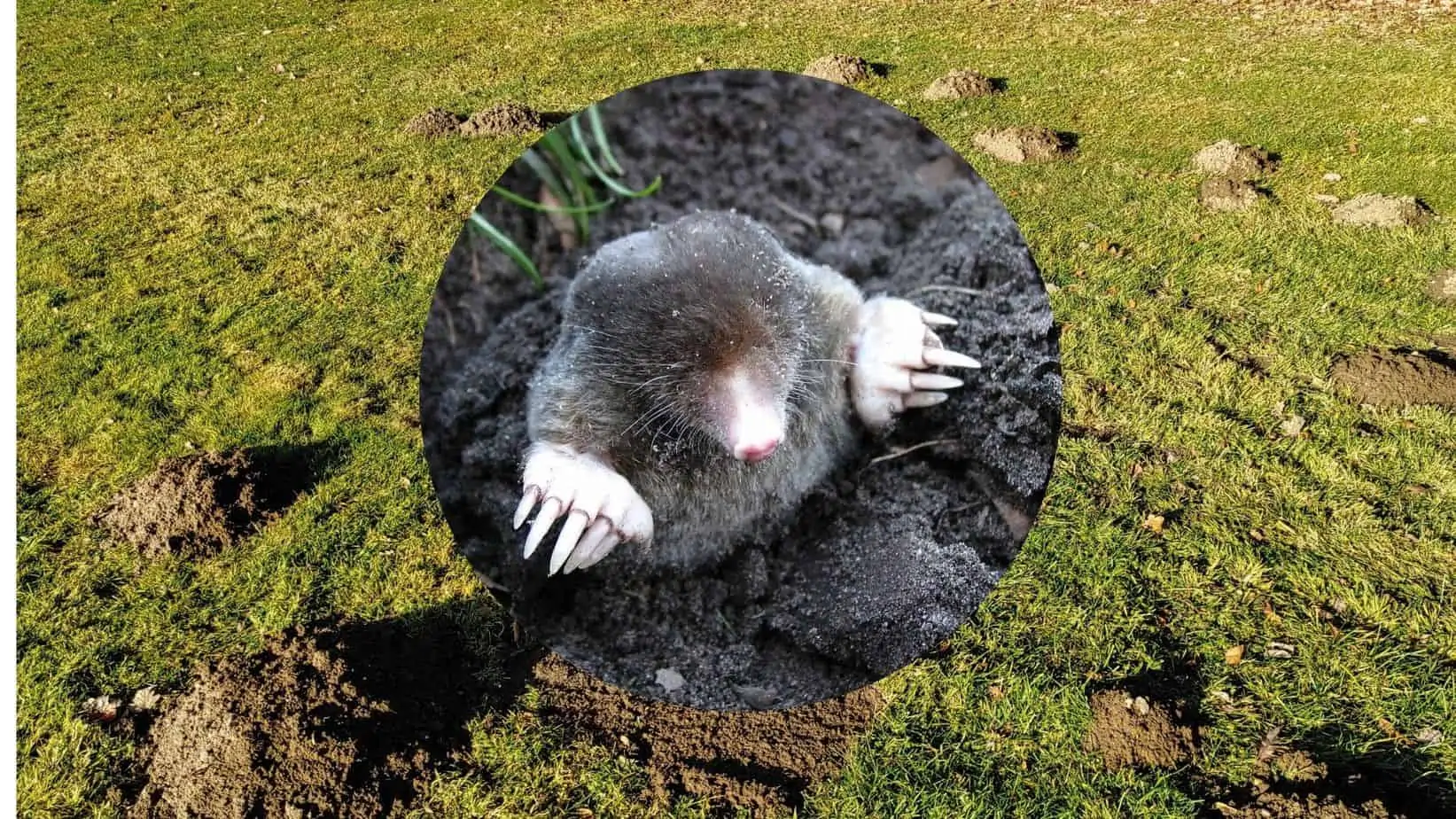Now the mole really gets going
In 2020, the German Wildlife Foundation called the mole “a passionate tunnel digger”. At that time he was “animal of the year” in Germany.
The enthusiasm for the mole on golf courses is limited. After all, the freshly thrown up mounds of earth on tees and fairways are more of a reason for some golfers to be horrified. Especially in January and February, when the little mole with its pointed snout and broad shovels has really got going over the past few months. With a lot of luck, he managed to dodge his tunnel work into the rough, where he doesn’t bother anyone.
Mole proves active soil life
“We find moles on golf courses, especially on nutrient-rich soil,” explains Gunther Hardt, who is co-supervisor of the Golf and Nature program at the German Golf Association . “It mostly comes in the fall and is then active over the winter until the growing season starts.” Hardt emphatically rejects the demand of many golfers to trap the mole, which mainly feeds on earthworms, insects, larvae and snails. “Basically, the occurrence of the mole proves that soil life is intact.” And: As soon as the greenkeepers start mowing the fairways and greens, the mole is usually very disturbed and irritated anyway – he looks for another field of activity.
In the opinion of Bernd Walther from Erminea in Germany, whose company specializes in advising and finding solutions to problems such as moles, this approach is not really effective in the long term. “The mole will move to a different part of its burrow when it gets loud, but it’ll come back at night.” The use of robotic lawn mowers, which according to some golf courses bring positive results here, cannot yet be verified as a sustainable solution against moles.
Strict rules for catching
One misconception is that the European mole is an endangered species. Although it is listed in the Red List, it is not endangered, its population is even given as “common”. Nevertheless, the following applies: Catching, injuring and killing the animal is not permitted under the Federal Species Protection Ordinance. Catching live moles with certain traps is only possible with the approval of the responsible nature conservation authority, provided that a person who is known to be competent in the handling of vertebrates is consulted. Mole grids, which do not prevent the digging of the passage but do prevent mounds from being thrown up, are sometimes advertised – although one thing is clear here: the grids can hardly be used on the huge area of a golf course.
Sandy bottom and less water
What remains to protect the mole on the one hand and not endanger the top quality of tees and fairways on the other: The solution is a nutrient-poor habitat in which the mole simply does not feel as comfortable. This is usually a suitable approach for golf courses anyway, because a soil with more sand, less humus and thus fewer earthworms in the soil also benefits the quality of the course and the conservation of resources. After all, this is usually accompanied by sprinkling management that provides for less water consumption.
In such a case, the mole likes to retreat to a habitat that has significantly more food to offer. A solution that undoubtedly requires patience and a long-term care and water concept, but with which you kill two stones: the molehills disappear and the quality of the playing surfaces increases on top of that.







